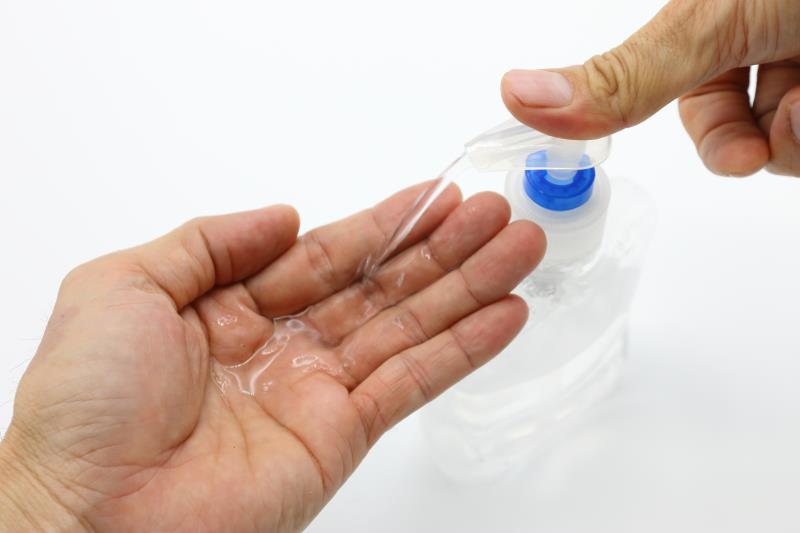
Using alcohol-based handrub (ABHR) that is sprayed on the hand is equally effective as the one that is poured onto the hand for disinfection, but only when both are followed by hand rubbing, according to a study conducted by the WHO* Collaborating Centre on Patient Safety.
Applying sprayed handrub without rubbing did not meet the noninferiority margin for hand hygiene vs handrubbing with ABHR poured onto the hands.
“ABHR delivered as a spray could be an alternative method to ensure appropriate hand disinfection and patient safety as long as the correct hand rubbing steps are included,” the researchers stated.
In the laboratory-based experimental study, 19 healthcare workers (36.8 percent doctors, 26.3 percent nurses; 68.4 percent female) were asked to perform three methods of hand hygiene consisting: (i) 3 mL ABHR poured onto the hand palm followed by 30 seconds of rubbing, (ii) 3 mL sprayed ABHR followed by 30 seconds of rubbing, and (iii) 3 mL sprayed ABHR without hand rubbing. The three methods were performed in a randomized sequence using the same ABHR of 60% isopropanol. [J Hosp Infect 2020;doi:10.1016/j.jhin.2020.02.008]
Hand rubbing in methods (i) and (ii) was performed in accordance with the 6-step technique recommended by the WHO, repeated five times; while participants were to maintain their hands upright without moving for 30 seconds following ABHR application in method (iii).
The researchers found that hand rubbing with sprayed ABHR was as effective as that performed with poured ABHR in reducing bacterial load (mean count reduction, log10 3.66 CFU**/mL, 95 percent confidence interval [CI], 1.68–5.64 vs log10 3.46 CFU/mL, 95 percent CI, 1.27–5.65), which met the noninferiority margin of log10 0.6 CFU/mL as specified by the European Norm 1500.
In fact, the reduction in bacterial count appeared to be greater with sprayed vs poured ABHR accompanied by hand rubbing, although the difference between groups was not statistically significant (difference, log10 0.20 CFU/mL, 95 percent CI, -0.23 to 0.62).
In contrast, noninferiority was not established for sprayed ABHR without hand rubbing (mean bacterial count reduction, log10 2.76 CFU/mL, 95 percent CI, 1.65–3.87).
According to the WHO guidelines, hand hygiene should be performed using a liquid ABHR poured onto the hand followed by a 6-step hand rubbing technique for 20-30 seconds.
“This study has reliably shown that hand rubbing with sprayed ABHR is noninferior to the current WHO recommended method of hand rubbing with the same ABHR poured onto a hand palm,” said the researchers.
“Using a spray method to dispense the ABHR could improve hand hygiene efficacy as well as compliance,” they explained. “Spraying can uniformly deliver ABHR to a large hand surface area within a short period of time with minimal spillage, improving efficiency.”
Although the current study could not establish noninferiority of sprayed ABHR when hand rubbing was omitted, further development should be encouraged, according to the researchers. “Effective sprays that do not require hand rubbing could further decrease the required time for hand hygiene, and as such increase hand hygiene compliance.”
“Development of novel spray designs, or improvements in the ABHR formula used in sprays could perhaps overcome this hurdle,” they suggested.
The researchers also cautioned that health and safety issues need to be taken into account in developing sprayed ABHR, as aerosols may lead to respiratory tract irritations, which could compromise hand hygiene compliance.